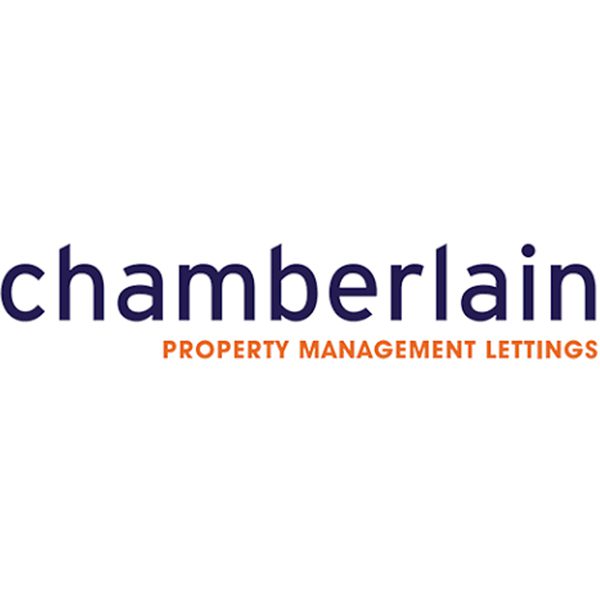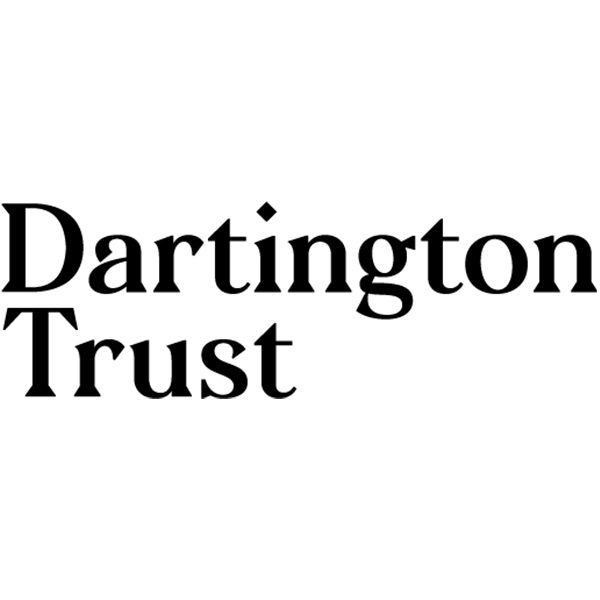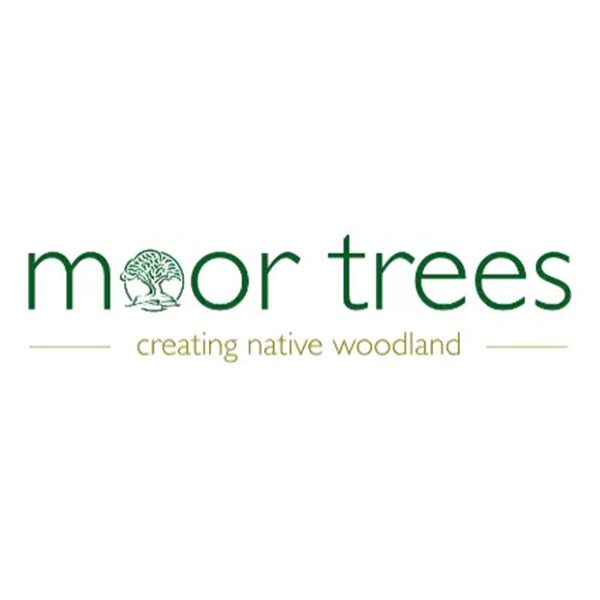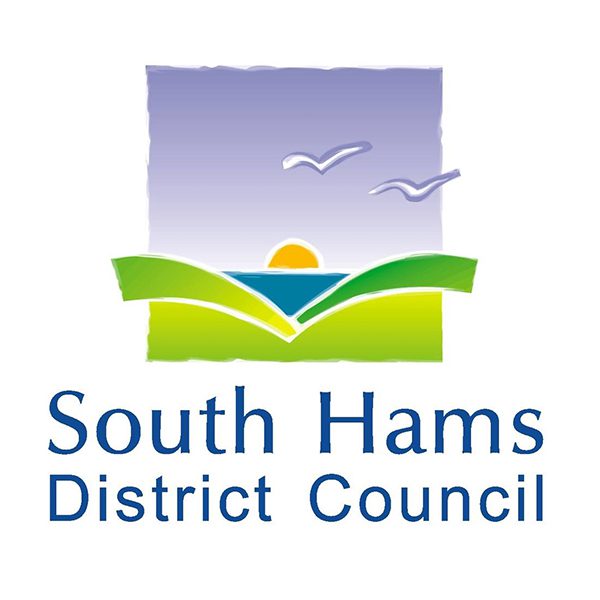How to Deal With Overgrown Neighbours Trees: Your Rights & What You Can Do
Trees are an important part of our landscapes, and they can be a beautiful focal point in our neighbourhoods. While your neighbour’s trees may be attractive, offering a beautiful natural marker of the passing of the seasons that you can both enjoy, they can cause issues if they are left unattended.
The most common issue when it comes to neighbourhood trees is overgrown trees. Whether it’s an overgrown neighbours tree blocking sunlight from your home, the tree roots damaging your property, or the branches encroaching on your space, navigating the complexities of neighbours’ tree issues requires knowledge and diplomacy.
Knowing what your rights are and how you can act when dealing with a neighbour’s overgrown tree can make the process much easier to navigate for you. As a leading arboricultural company in Devon, Kneebone Trees not only delivers the services you need at a time like this but can also arm you with the knowledge to tackle it calmly and respectfully.
In this guide, we are sharing the ways you can manage a neighbour’s overgrown trees and the services we can provide to assist.
How Overgrown Neighbours Tree Can Affect Your Property: Common Neighbourhood Tree Issues
As trees are a common sight in most neighbourhoods, in a bid to make our living environments more environmentally friendly and healthy, tree issues are common across the region. With trees come a range of risks, especially if they are not maintained properly.
At Kneebone Trees, we are committed to delivering the best standards of tree care for all our landscapes and want to support these vital natural elements with our tree surgery services. To learn more about what we do and how we can help, see our post What Does a Tree Surgeon Do, and When Should You Hire One?
As neighbours’ trees often don’t get the best care, some of the most common issues you may encounter are:
1) Overgrown Branches
Overgrown branches are the most common issue when it comes to overgrown neighbours trees, and they can hinder a range of things on and around your property. This occurs when the tree has not been pruned regularly and is not receiving the necessary care to keep it neat and safe.
Overgrown branches can pose a range of issues for you, as they block sunlight, impede views, and pose a risk of breaking off during storms, which can lead to property and vehicle damage as well as the threat of injury.
If you want to combat this issue through tree pruning, consider working with professional tree surgeons or see our post A Homeowner’s Guide to Safe Tree Pruning (Step-by-Step).
2) Invasive Roots
As the trees continue to grow throughout their lifetime, so do their roots. The roots are the foundation of the tree, and they can expand, causing substantial damage to property foundations, driveways, and underground utilities.
Some tree species are more prone to this kind of damage than others, and identifying which trees have invasive root systems and are likely to cause issues can allow for early intervention. With this intervention, you can avoid and prevent costly repairs to the neighbourhood and surrounding properties.
To learn more about this damage and whether your property is at risk, see our post My Neighbour’s Tree Roots Are Damaging My Property: What You Should Do.
3) Fallen Leaves and Debris
While less severe, fallen leaves and debris can create maintenance headaches and are an issue neighbours have to deal with if you have a tree. This is especially an issue during the autumn or in times of high winds, which can cause leaves and branches to fall early.
The key to making this task less intrusive and preventing issues across the neighbourhood is regular tree maintenance, such as pruning and trimming. Tree pruning is one of the most important things you can do as a tree owner, as we explore in our post Why You Should Prune Your Trees: Top 3 Reasons.
When done frequently, maintenance minimises the accumulation of debris and therefore the amount of leaves or branches that will fall from the tree.
4) Safety Hazards
Most trees are incredibly solid and stable, but older or diseased trees are not and therefore pose significant safety hazards to the surrounding properties and occupants.
Spotting the signs of disease early is the best approach to limit this risk and prevent any future issues. This can be done through regular tree surveys, along with assessing the age and stability of even healthy trees, which can become dangerous as they get older.
Understanding Your Rights With Overgrown Neighbours Trees
When dealing with overgrown neighbours trees, it’s essential to understand your legal rights and responsibilities. This ensures that you are acting not only in your best interests but also in the best interests of your neighbourhood and the whole landscape.
Understanding your rights and whether you can interfere with overgrown neighbouring trees prevents any issues, while also saving you time and money when dealing with this issue.
In the UK, the laws concerning trees and boundaries are quite clear and will inform you whether you can interfere with your neighbour’s land or not. The following rules apply to overgrown neighbours trees:
The Right to Trim
In the UK, property owners and residents have a legal right to trim any overhanging branches that cross into their property line, as per the “right of abatement.” This right means that you are entitled to put an end, or abate, a nuisance which is infringing on your home, comfort and lifestyle.
When trimming your neighbour’s tree, you mustn’t harm the tree’s health. If you are cutting trees on someone else’s property, you also have to return the trimmings to the neighbour, unless they agree otherwise, as this is legally their property.
To learn more about your rights when it comes to cutting overgrown neightbours trees, see our post Can My Neighbour Cut My Tree Without Asking? Your Rights and How to Resolve Tree Disputes.
The Duty of Care
Another rule that can be used to manage overgrown neighbours’ trees is their duty of care. Duty of care applies to almost anything that you own, and for tree owners, it means they need to ensure their property is safely maintained.
If a neighbour’s tree poses a risk to your property or your safety, the owner has a duty of care to address this issue. It is their responsibility to manage the tree, which includes paying for tree surgery and the pruning needed to maintain it.
This is a particularly useful rule when it comes to extremely overgrown trees or those that you deem hazardous, and therefore cannot be managed by you alone. You can calmly and clearly communicate with your neighbour, explaining their duty of care and the concerns you have for their tree.
Your council can also provide planning documents and property blueprints to help identify who the overgrown tree belongs to and, therefore, who is responsible for its management.
Legal Action: When Overgrown Neighbours Trees Are Too Much
In extreme cases, such as if your neighbour refuses to address their dangerous tree, you may need to seek legal advice. You can also contact your local council for advice and intervention, as they should be able to step in at this stage and inform your neighbour of the work that needs doing.
It’s always best to resolve disputes amicably, but sometimes legal intervention becomes necessary when the tree poses a significant risk, and nothing is being done about it.
How To Deal With Overgrown Neighbour’s Trees: Three Steps To Success
As overgrown trees can pose significant issues for your home and garden, you will want to get this issue addressed promptly.
Once you have established that the issues are coming from your neighbour’s tree, there are three ways that you can go about managing this issue and getting it resolved:
Step 1: Open Communication
The first step in dealing with overgrown trees is to communicate with your neighbour. This is the first and often best step to managing this issue, as you are communicating directly with the problem itself.
Often, neighbours may not be aware that their tree is causing the issue, so a friendly conversation is often the best way to resolve the problem. You may find that there is no need for conflict if you explain your concerns clearly and suggest a mutually beneficial solution.
Step 2: Mediation Services
If direct communication with your neighbour fails or is not even an option for you, consider using a mediation service. Mediation involves a neutral third party who helps both sides reach an agreement on their issues.
This is a cost-effective and less adversarial option compared to legal proceedings and can help resolve the issue for you.
Step 3: Professional Assessment
For more complex issues, such as potential tree hazards or significant pruning requirements, a professional assessment from a qualified arborist can provide valuable insights which can then inform your future decisions.
Our team at Kneebone Trees offers comprehensive tree assessments to determine the best course of action and can help you determine what needs to be done about your neighbour’s tree. We will first provide a site visit to assess the landscape. This is a comprehensive process, which we outline in our post What Happens During A Site Visit, and is a way for us to plan the best method for success.
We can provide documentation and official guidelines for overgrown neighbours trees. These documents can be used as a supporting argument and evidence, should the case become a legal matter.
Conclusion
Dealing with overgrown neighbours’ trees can be challenging, but with the right approach and professional assistance, it can be resolved amicably.
At Kneebone Trees, we are passionate about providing expert tree care to the Devon and Dorset communities. Whether you need tree surgery, removal, or a comprehensive assessment, our team is here to help. We can help keep your landscape and properties safe, and ensure that neighbourly disputes are handled effectively.
Contact Us Today
Take the first step towards resolving your neighbourhood tree issues and contact us today.
Frequently Asked Questions
What should I do if my neighbour refuses to address a dangerous tree?
If your neighbour refuses to address a dangerous tree, document your concerns and seek legal advice. Your local council may also be able to assist before things have to be taken to the courts, so contact them first.
Can I trim my neighbour’s tree without their permission?
You can trim branches that overhang your property, but it’s courteous to inform your neighbour first. Ensure the trimming does not damage the tree’s health and that all clippings are returned to your neighbour.
How often should trees be pruned?
How often a tree needs pruning will vary, depending on the tree species, age, and growth rate. Regular inspections by a qualified arborist can determine the optimal pruning schedule and prevent issues such as overgrown branches.
What are the signs of a diseased tree?
Common signs of a diseased tree include discolouration, dead branches, peeling bark, and fungal growth. If you notice any of these signs, contact arborists like Kneebone Trees.
A professional assessment can diagnose tree health issues and prevent the issue from becoming unmanageable.
























